Many of China's popular tourist destinations are swarming with noisy people, a sharp contrast to the serene city of Huaihua in western Hunan province. Though quiet, it still beckons its share of tourists with its historical and ethnic attractions.
Founded at the confluence of five rivers, the small city long served as a local business hub where merchants from southwest provinces and neighboring countries like Myanmar and Vietnam came to trade in daily necessities as well as oil, timber and opium.
That pivotal role continued for almost 1,000 years despite ups and downs before boats were overtaken by rail and automobiles as the major means of transport.
Though the glory is gone, the legacy is well preserved, offering visitors a window onto history as they wander through the city's quiet, time-weathered lanes.
Hongjiang complex
Among top attractions is the Hongjiang Trade Center that dates back to the Ming Dynasty (1368-1644).
Probably the best preserved of its kind in the country, it still has more than 380 buildings that before served as shops, banks, pawnshops, hotels, warehouses, security companies, temples, sporting houses and home to all the other amenities people needed.
As visitors stroll past, scenes of goods from faraway like India or Myanmar, or the tableaux of traders bargaining for good prices and restaurants full of guests laughing and drinking, might spring to mind.
Some local historians call the ancient complex an encyclopedia of the business world in ancient China. It was indeed an adventure for locals to encourage trade in a time when scholars and farmers were valued and merchants held in low esteem due to Confucian influence on the agrarian country for more than 1,000 years.
Yet signs of Confucian doctrines were obvious: square vats to remind traders to behave themselves and make fair and square deals still stand at the gates of shops.
Unlike residences in North China, homes in the small southwestern city have rectangle-shaped yards and tall walls, tempting visitors to peep inside through the closed doors where wood has peeled away.
Their white, black or gray features look like traditional landscape paintings when seen from afar, especially in mist or drizzle, winning the hearts of not only history lovers but also photographers.
Dong village
When traveling in Huaihua's Tongdao Dong autonomous county, people know for sure they are arriving at an ethnic Dong village when they see beautiful drum towers and bridges adorned with floral decorations.
The towers are a signature of the ethnic group and found only in Hunan and Guizhou provinces as well as the Guangxi Zhuang autonomous region.
As a multi-purpose venue, towers are used to hold meetings, host guests and hold singing contests for the young to find dates. They also served as command centers when fighting invaders.
There are scores of towers in the county, with the oldest built in the early Qing Dynasty (1644-1911) in a 50-km corridor dotted with Dong villages. Perhaps the most famed is Huangdu, which means capital city.
The village derives its name from a legend that says when a king passed the village, he was mesmerized by its beautiful scenery and singing girls. He vowed to make it the capital of his kingdom.
The reality justifies the legend with scenery that enchants visitors as they walk along a road paved with stone slabs leading into the village.
Occasionally they find women clad in traditional clothes preparing food or old men doing weaving work in their yards and peddlers approaching with two baskets of vegetables dangling on their shoulder poles.
And they may hear Dong girls sing as they prepare to greet visitors with a bowl of rice wine. As the original, ethereal songs echo in the valley, visitors could well feel in a legendary place like Utopia or Shangri-La.
Wanfo Mountains
Another popular destination in Huaihua is the Wanfo Mountains, also in Tongdao county.
Some 29 km from the county proper, the scenic spot is one of four ranges in the nation to boast column-like hills.
Covering 168 sq km, the magnificent Danxia landform coupled with caves, rivers and forests have made the Wanfo Mountains a top choice in the province for geology fans and tourists alike.
Zhijiang
The small town of Zhijiang won its reputation as home to the airport where the Chinese government accepted Japan's surrender in 1945.
The Allied Forces' second-largest airport in the Far East, it served as the base for US General Clair Chennault's air force unit.
Known as the Flying Tigers, they joined with the Chinese government to fight Japanese invaders during World War II.
With the war long over, buildings that witnessed such history now stand quietly in honor of those who fought for peace at the cost of their lives.
As the sun sets, the hall commemorating Japan's surrender and the Sino-US Air Force command tower sometimes take on a golden color, making them a good place for people to both honor the past and look forward to a brighter future, said locals.
Contact the writers at fengzhiwei@chinadaily.com.cn and lifusheng@chinadaily.com.cn.

LIN ANQUAN/CHINA DAILY
The Yutou Dong village in Tongdao Dong autonomous county, where buildings dating back to the Qing Dynasty are well preserved

CHINA DAILY
A monument commemorating Japan's surrender in Zhijiang
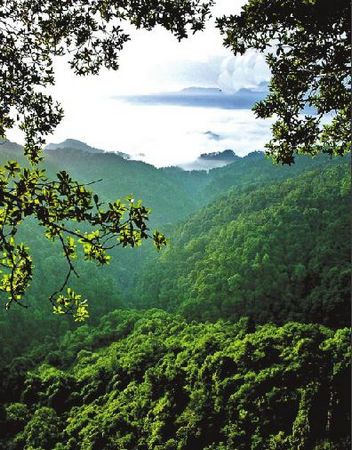
LIN ANQUAN/CHINA DAILY
Yingzuijie Nature Preserve in Huaihua
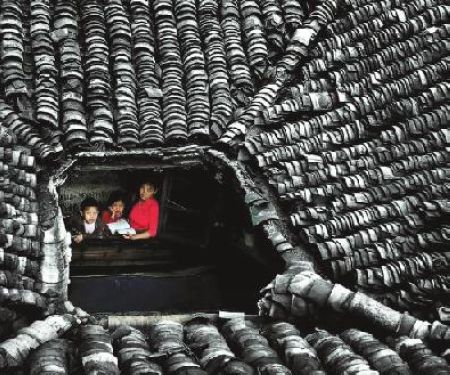
CHINA DAILY
Home and residents in Hongjiang ancient town
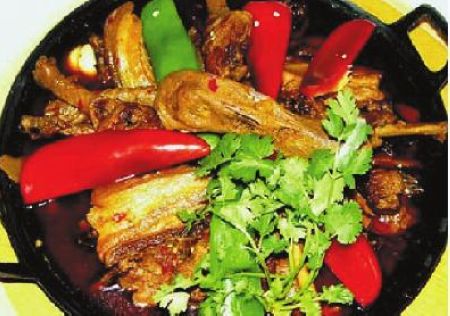
CHINA DAILY
Renowned braised Zhijiang duck is widely available

CHINA DAILY
Famed local snacks
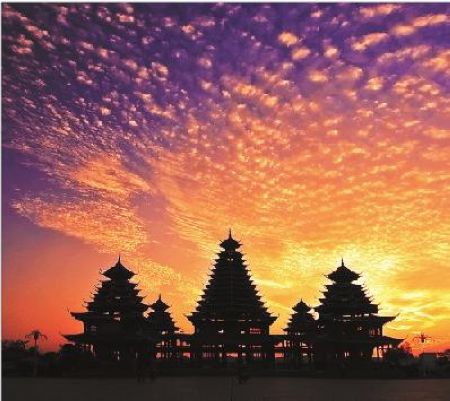
CHINA DAILY
Wanhe Tower complex, a signature building of the Dong ethnic group
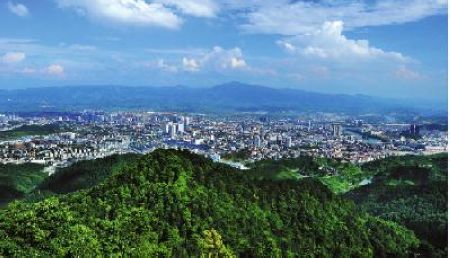
LIN ANQUAN/CHINA DAILY
Huaihua is a picturesque city that attracts tourists with its robust historical and ethnic features.